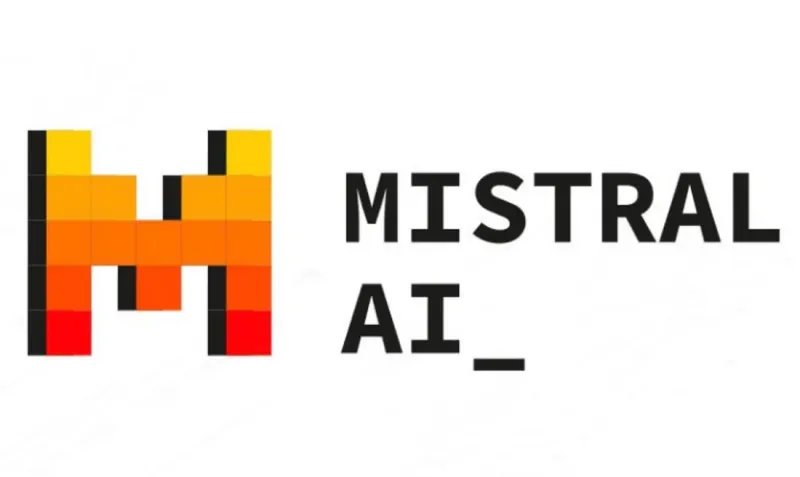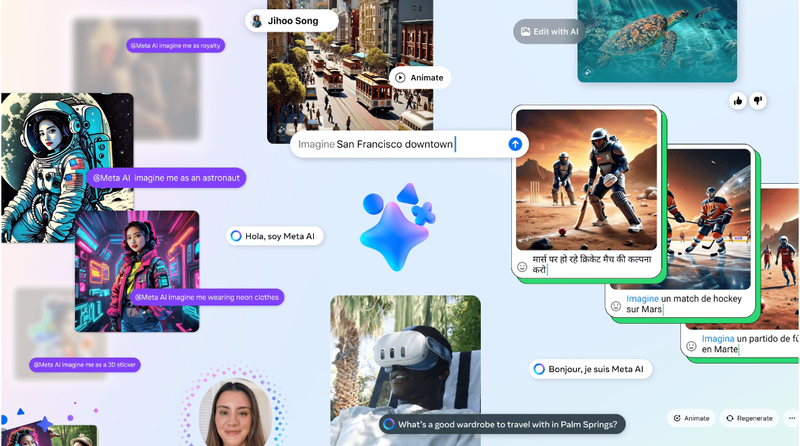Accenture's Technology Vision 2024 advocates for "human by design" technology
Accenture's latest Technology Vision report focuses on "human by design" technology. Contrasting the limits of non-human technology and the advent of generative AI as an inclusive, potentially revolutionary technology, the report identifies the trends shaping the future of technology.

In an era governed by dystopian futures of physically distorted humans that are permanently affected by the consequences of spending too much time inside and by increasingly non-human technology embodied by arthritis causing hand tools, vision problems resulting from excessive screen usage, and distracting virtual assistants, Accenture's latest Technology Vision research report highlights the possibility of rethinking our relationship with technology in a more positive light. The report gathers evidence indicating that the unhuman technology trend is slowly being reversed. More precisely, the report signals the advent of generative AI as the breaking point that will lead humanity closer to the development of human-by-design technology.
Most of the identified trends in the report are driven by a rather interesting contrast: the inflection point represented by generative AI and its possibilities also represents the end of an era in which the fact that technology was not human was precisely what made it helpful. For all its drawbacks, unhuman technology helped humankind achieve what once was conceived as impossible: reaching the stars, making increasingly complicated calculations, and scaling and automating some aspects of physical labor (such as farming) are some examples of humanity's groundbreaking technology-assisted achievements. However, it is increasingly evident that non-human technology has its limits and that the fact that we've reached some of them is doing more harm than good by causing a variety of physical ailments, environmental destruction, and even worsening existing social and economic inequality.
Some ways technology can be more human are already familiar: small changes, such as developing technology that helps reduce screen fatigue, can have a powerful impact in the long run. Other changes can be less evident but just as effective. Discord and Mastodon showcased the vastly different experiences that can be distilled from a social network not based on a centralized recommendation algorithm. Not only does it lack the friction and polarization fostered by centralized algorithms, but the result is closer to the communities humans tend to build offline.
This by no means indicates that the "human by design" trend is without its unique challenges and drawbacks. However, there is the notion that it is still early enough that those difficulties can be addressed before they become unmanageable. The time is prime to ask ourselves tough questions about delicate subjects, responsibilities, inclusion, risk management, and oversight. Moreover, enterprises are in an ideal position to foster strategies that maximize human potential and prioritize inclusion. On a related note, identifying the trends most likely to shape the future guarantees that any effort at meaningful decision-making will be well-directed.
To this end, the Technology Vision 2024 report provides insight into the following trends: A match made in AI, Meet my agent, The space we need, and Our bodies electronic. Each of these focuses on highlighting a sense in which technology is progressively becoming more human. A match made in AI takes a close look at the way that technology imitates human information processing. Meet my agent focuses on the transition from single-tasking AI to limited-agency AI that can act as a supervised proxy for individuals and businesses. The space we need features a reflection of the physical-digital divide. However, rather than focusing on the metaverse and its limitations, it is a detailed examination of what it means to have access to a digital realm while bound to a physical environment. Finally, Our bodies electronic offer the most literal reading possible of the idea of human-by-design technology.
The full report and the executive summary can be found here.




